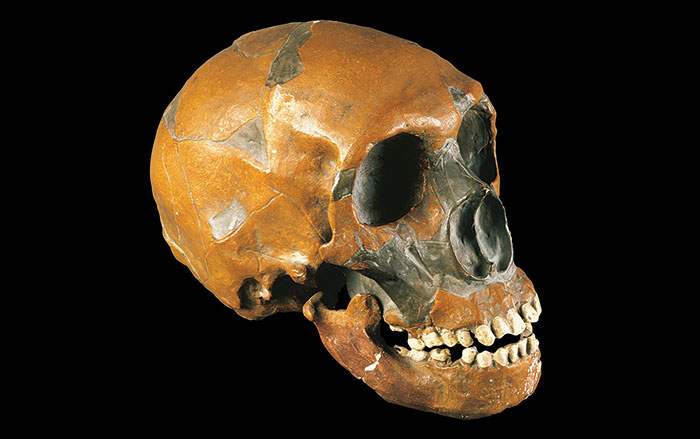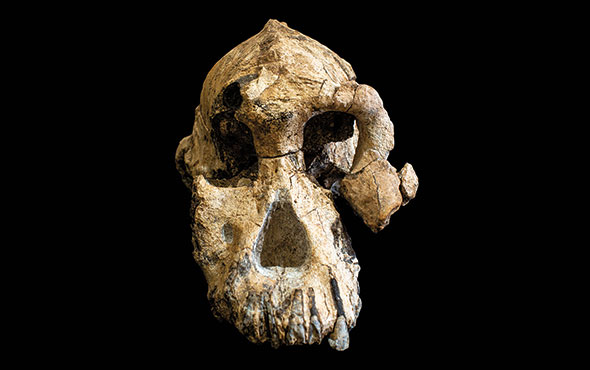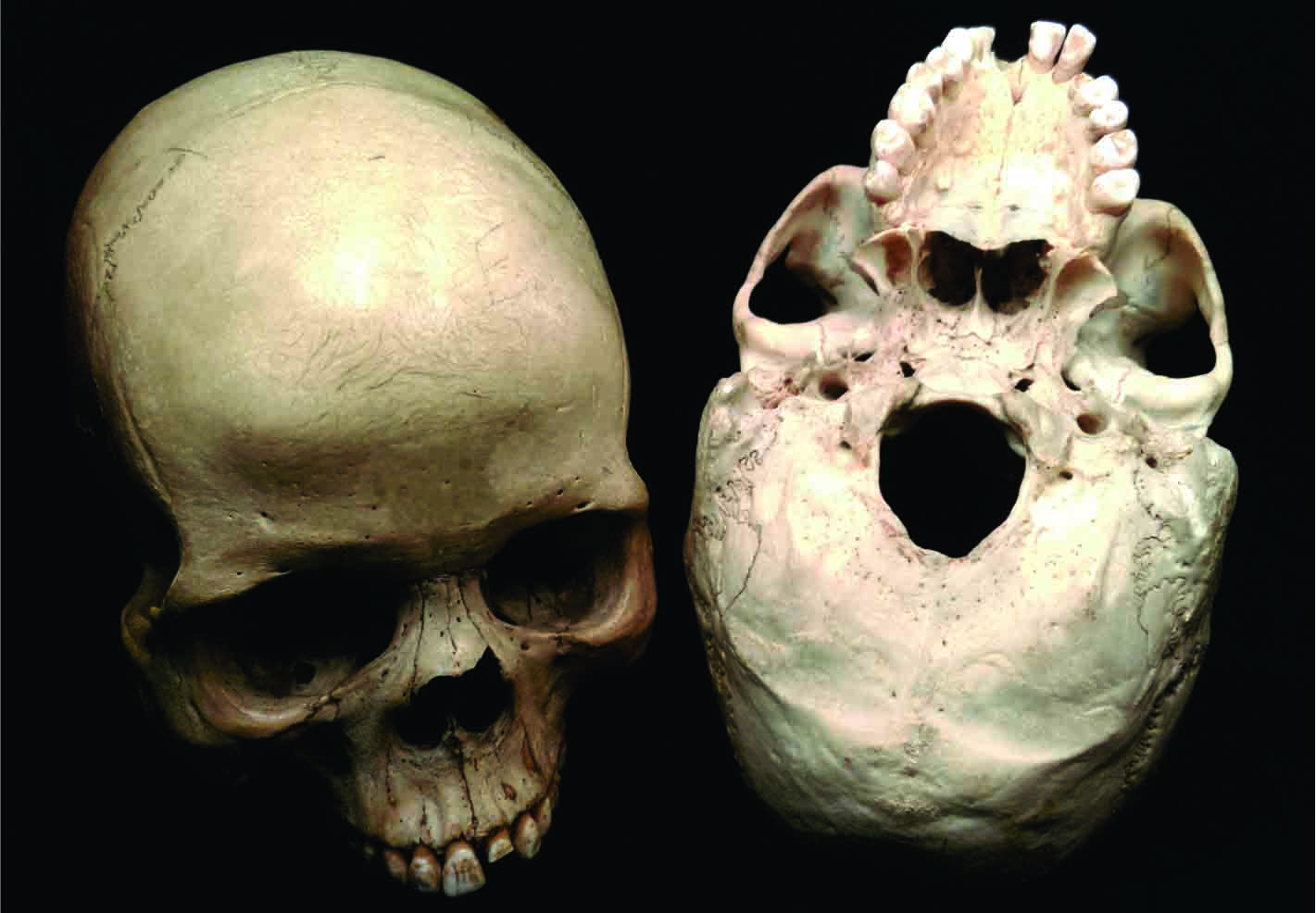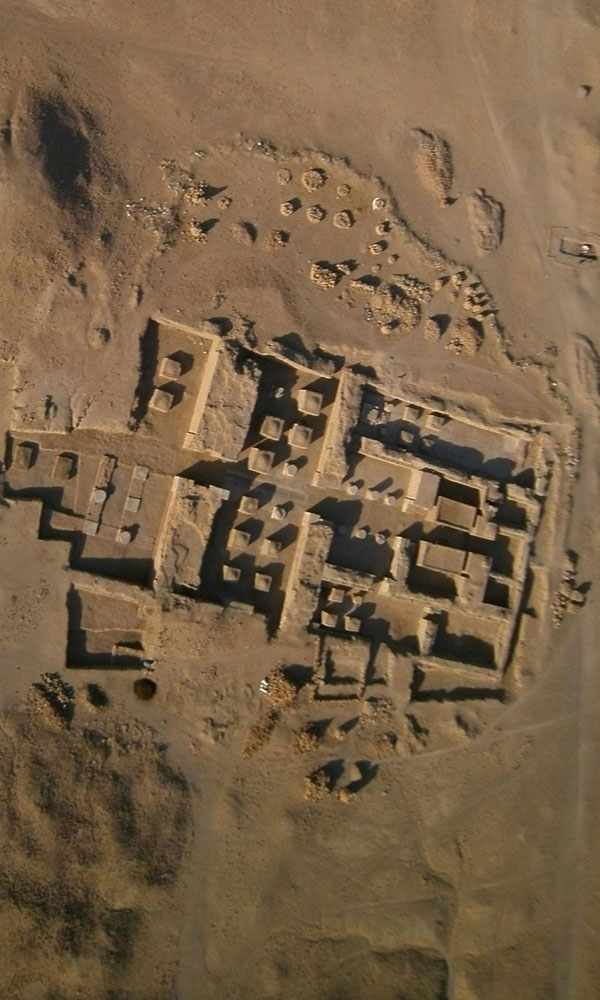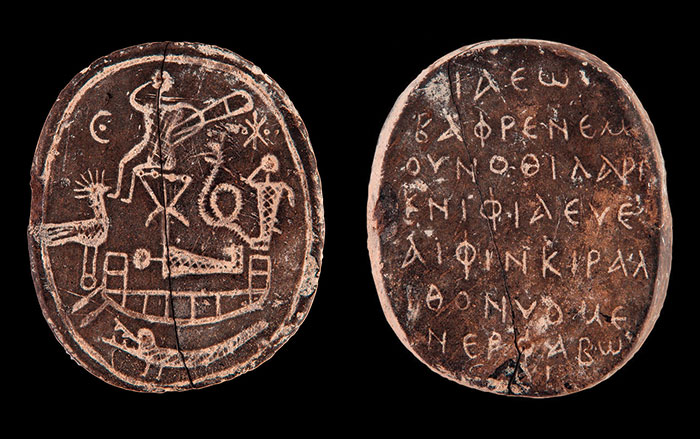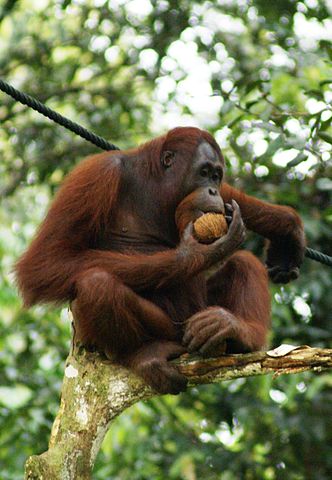
STONY BROOK, NEW YORK—Sergio Almecija, Jeroen Smaers, and William Jungers of Stony Brook University measured the hand proportions of modern humans, living and fossil ape species, and human ancestors, including Ardipithecus ramidus and Australopithecus sediba, in an effort to understand the evolution of the hand. They found that there has been relatively little change in the proportions of the human hand, which has a long thumb in relation to the fingers, since the last common ancestor of humans and chimpanzees. This had been thought to be important to human success, but it could indicate that the structure of the human hand is largely primitive in nature, rather than the result of the selective pressures of making stone tools. The fingers of chimpanzee and orangutan hands, meanwhile, have gotten longer and more suited to living in trees. To read about the evolution of the throwing motion, go to "No Changeups on the Savannah."


